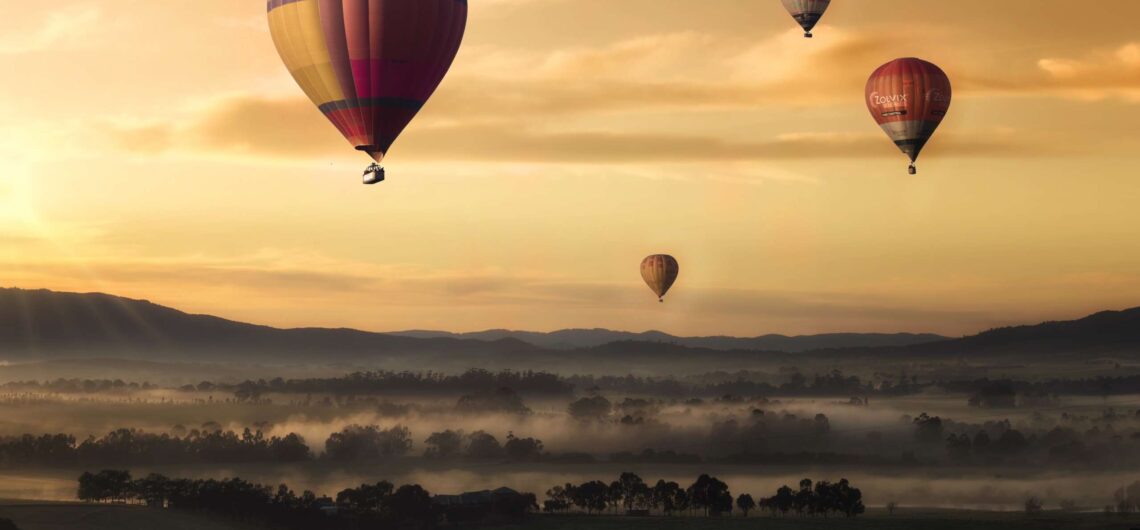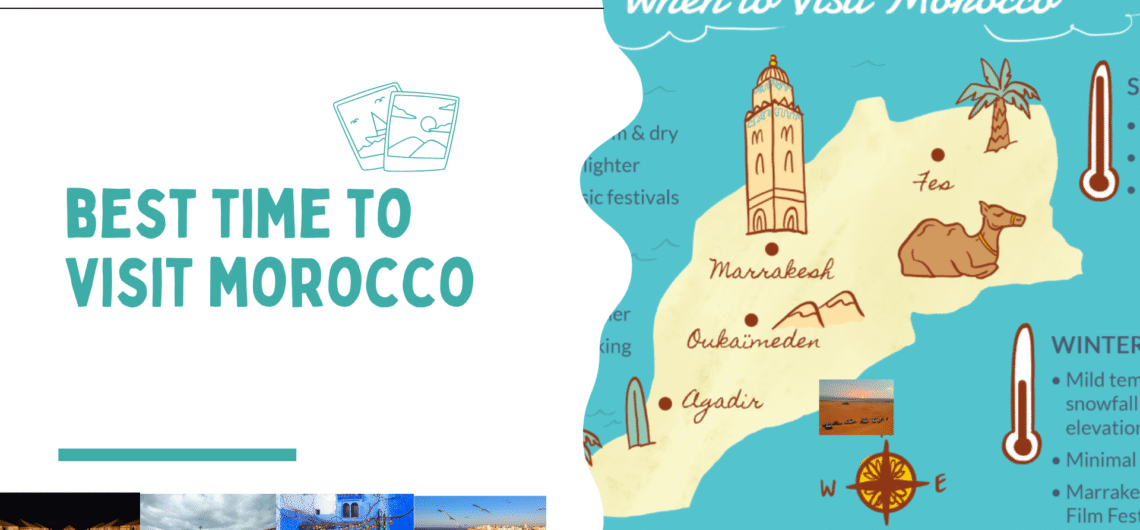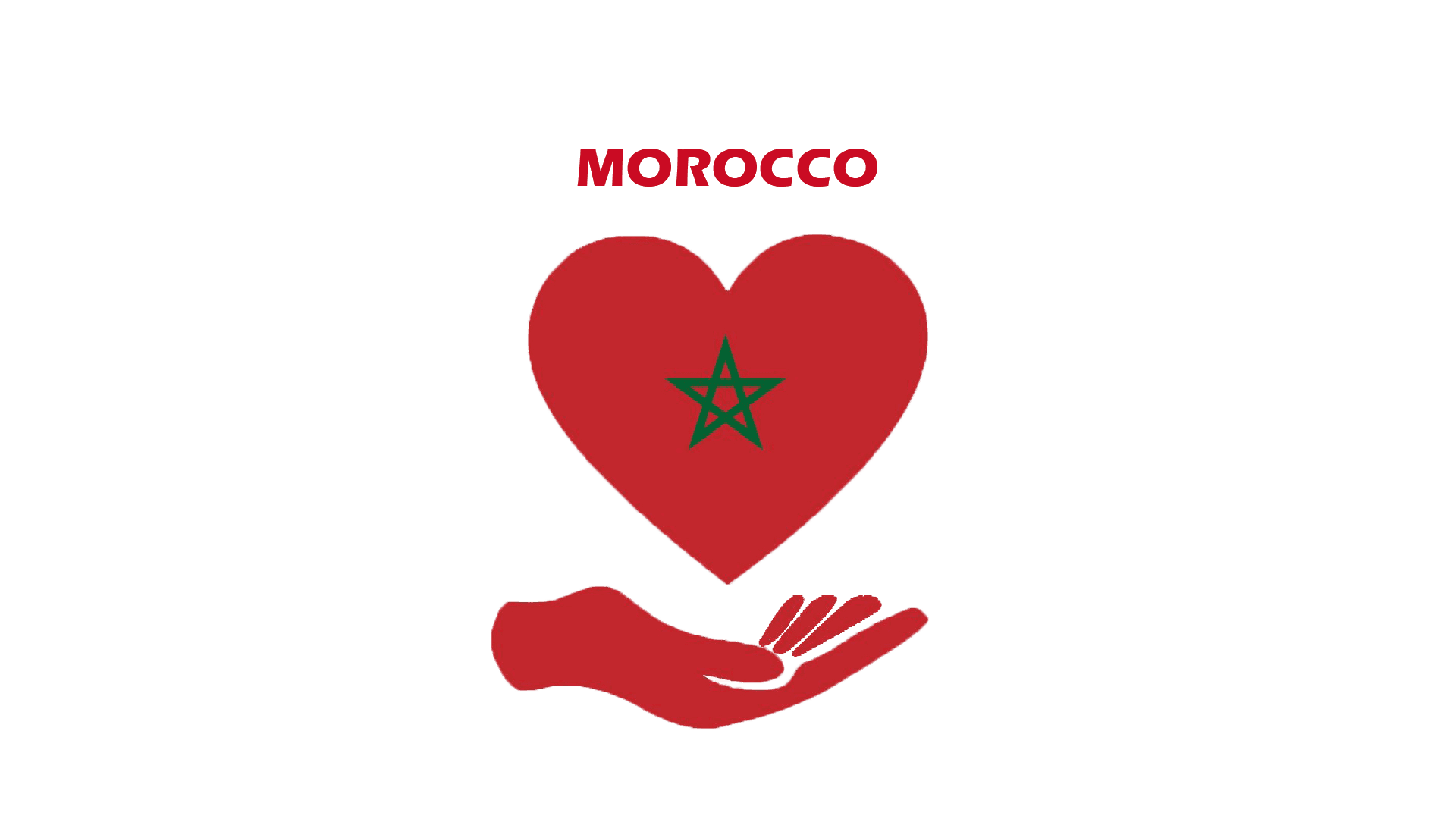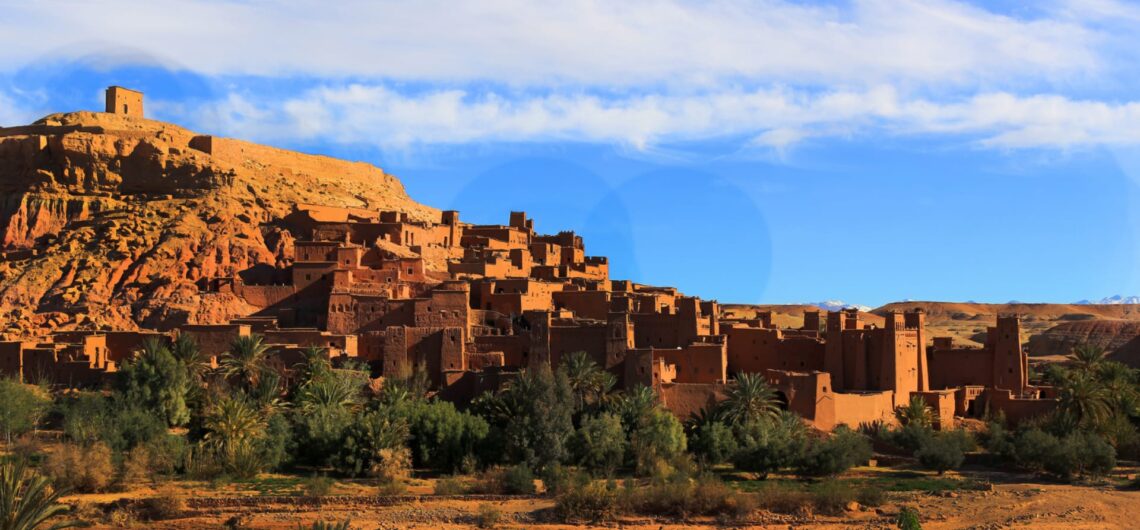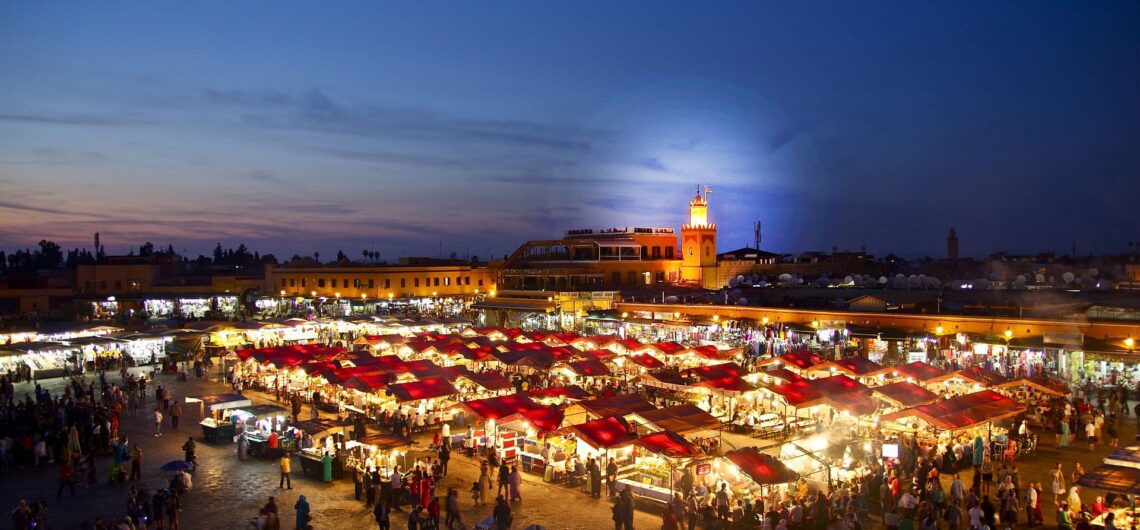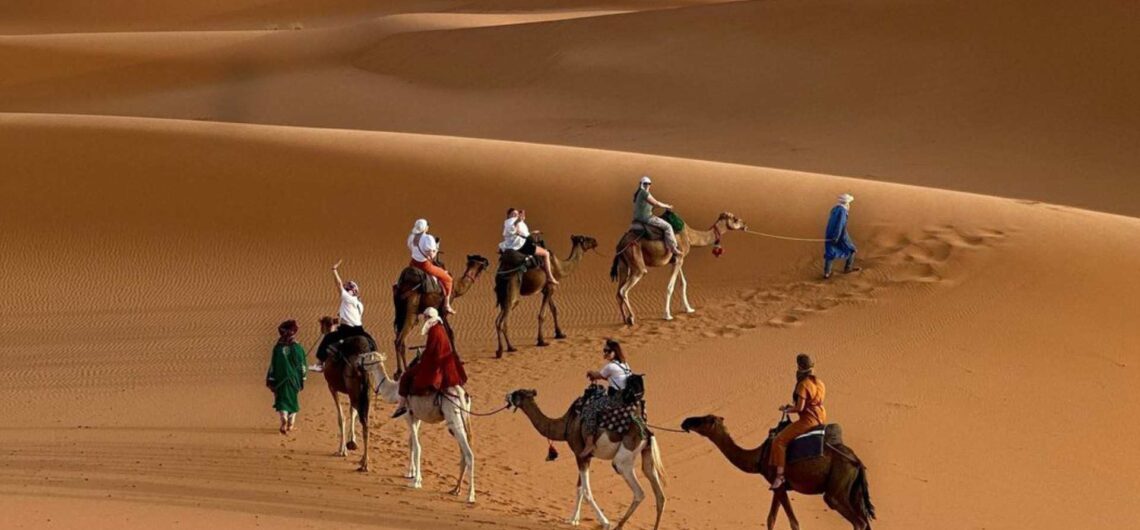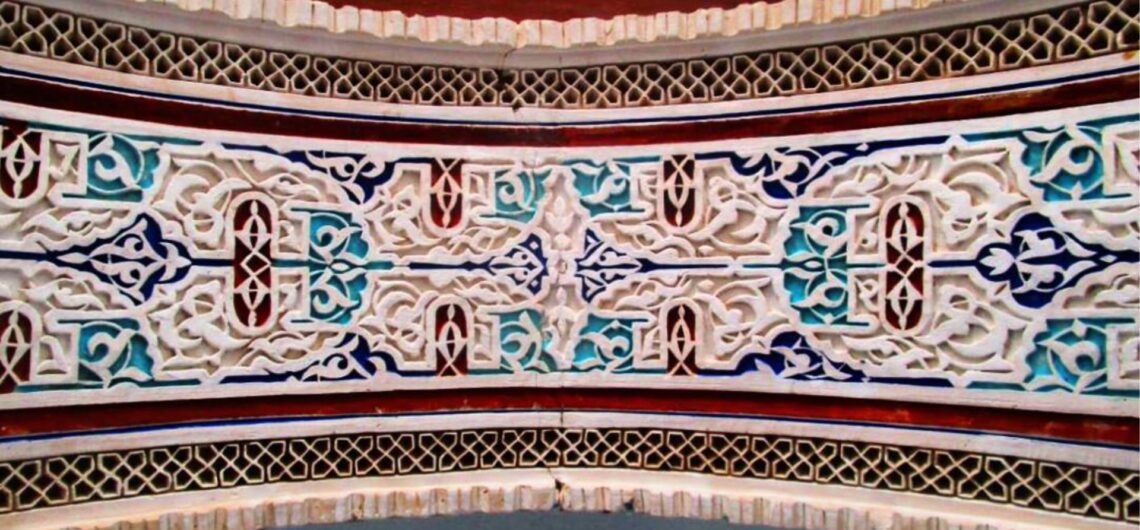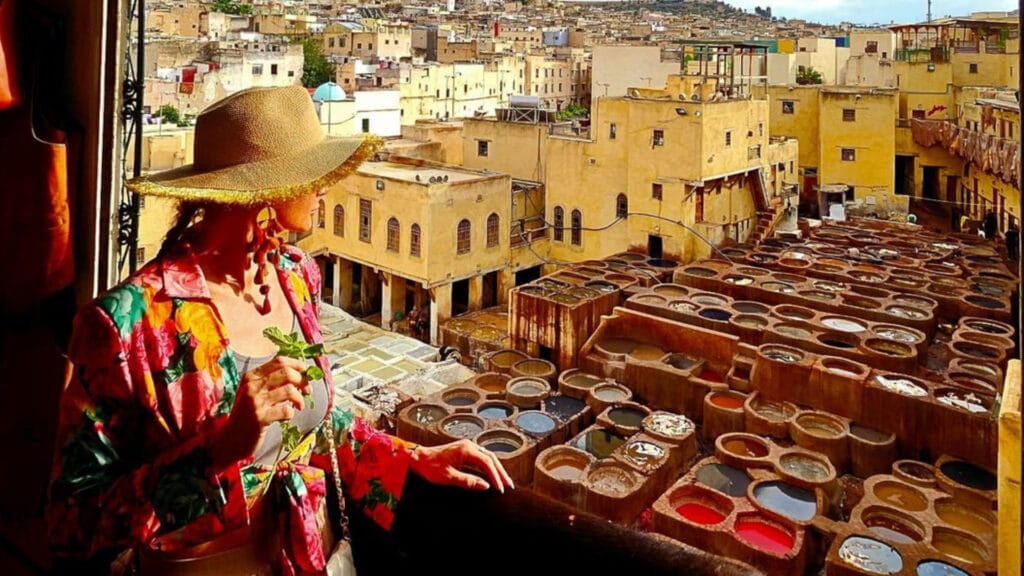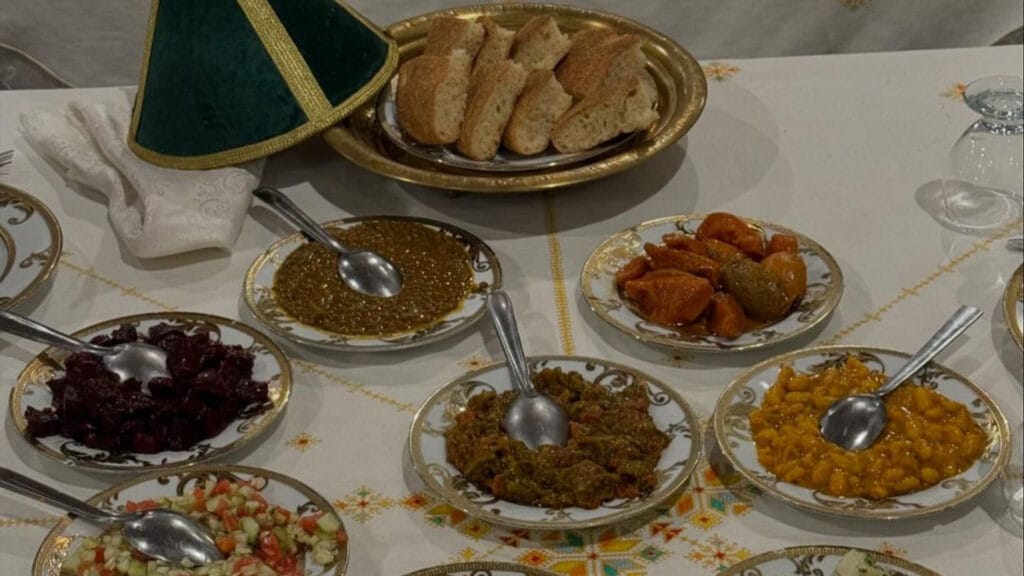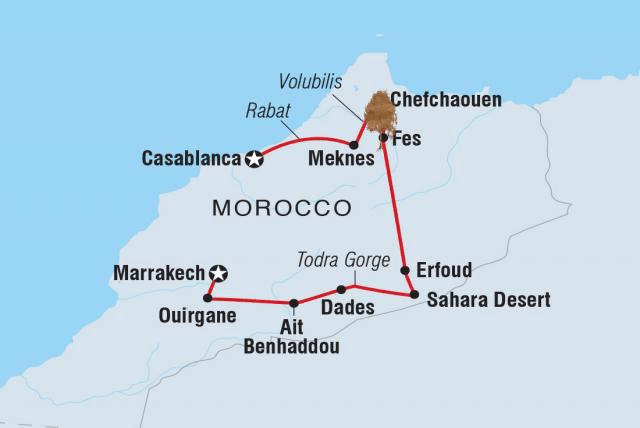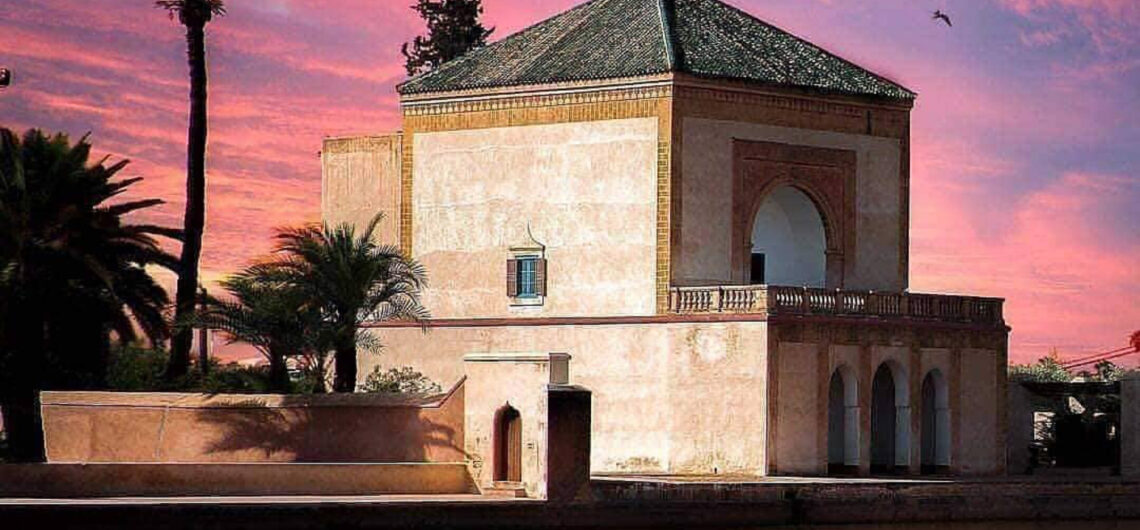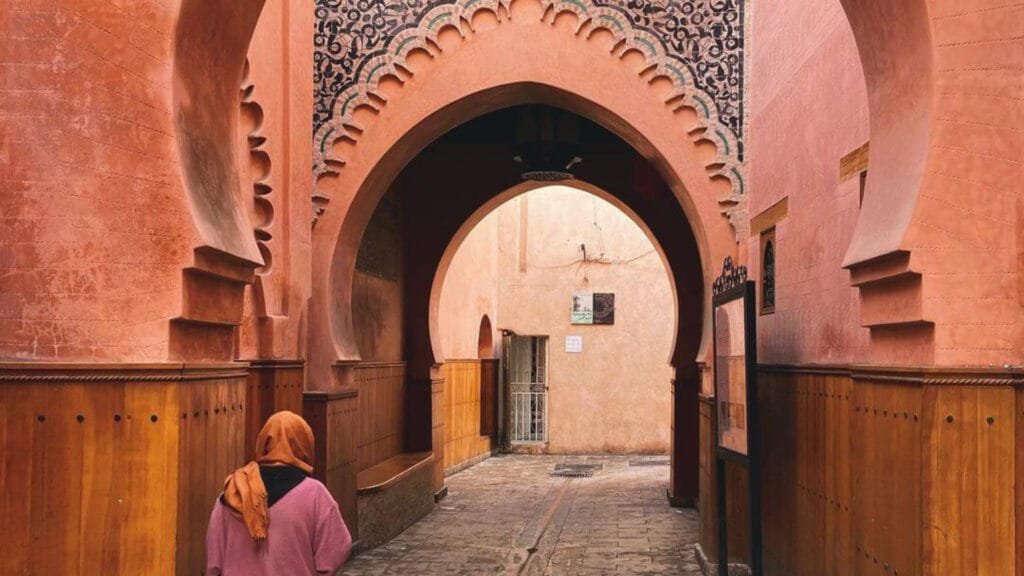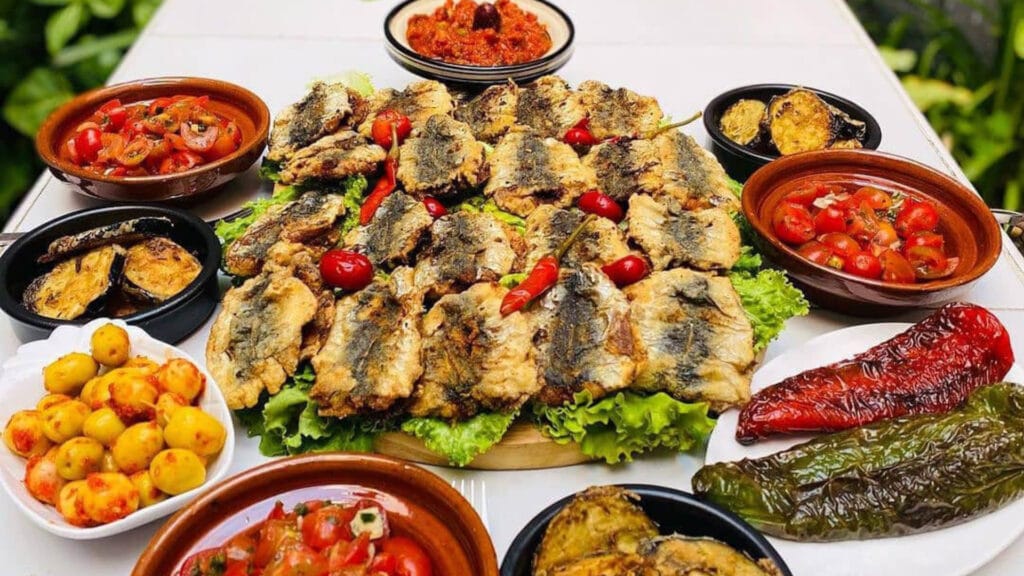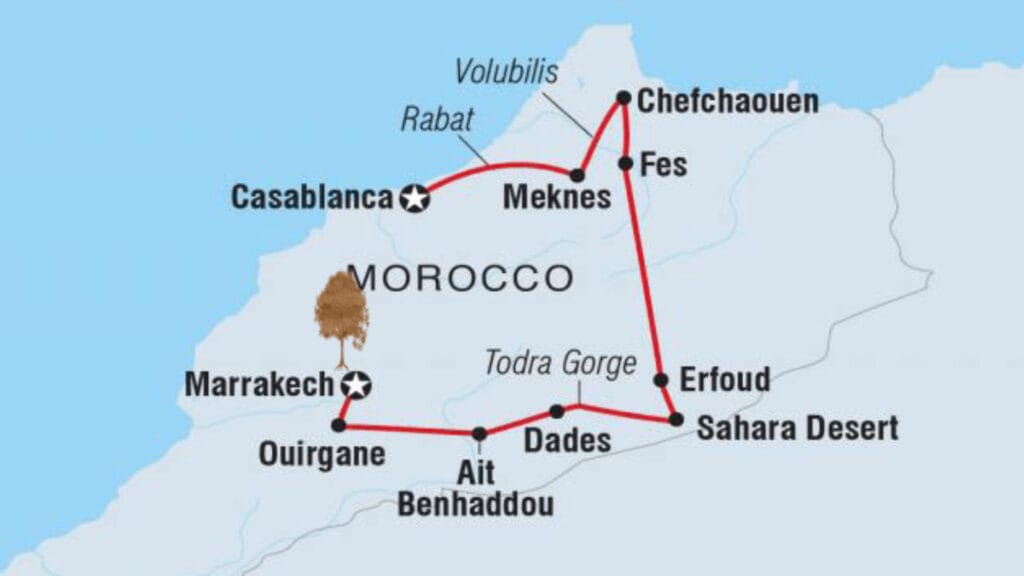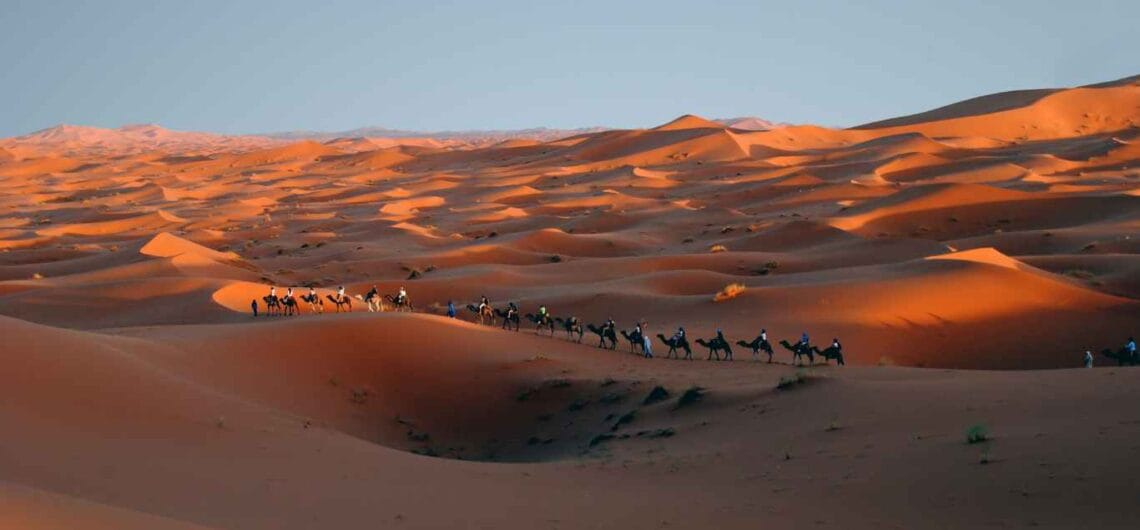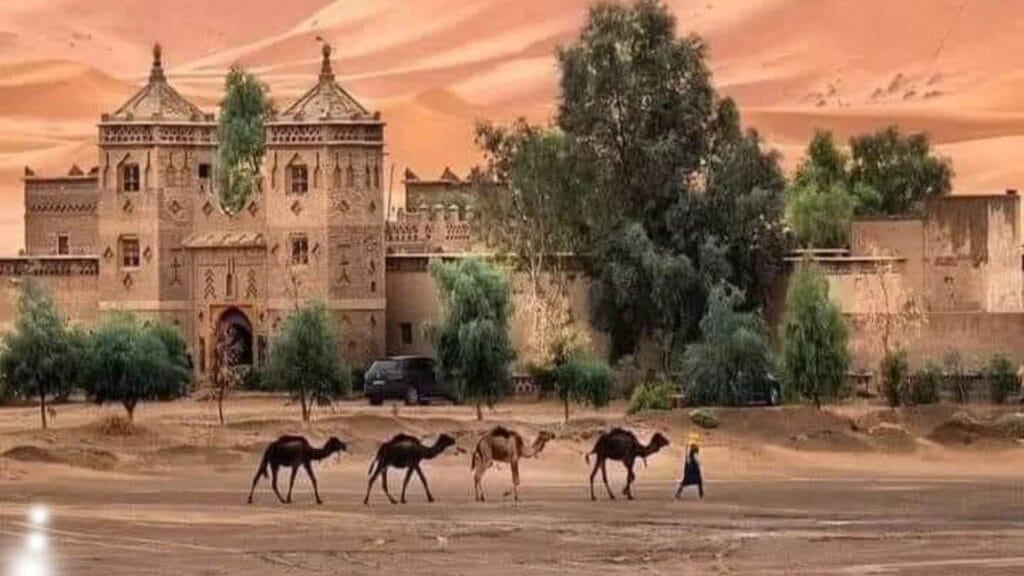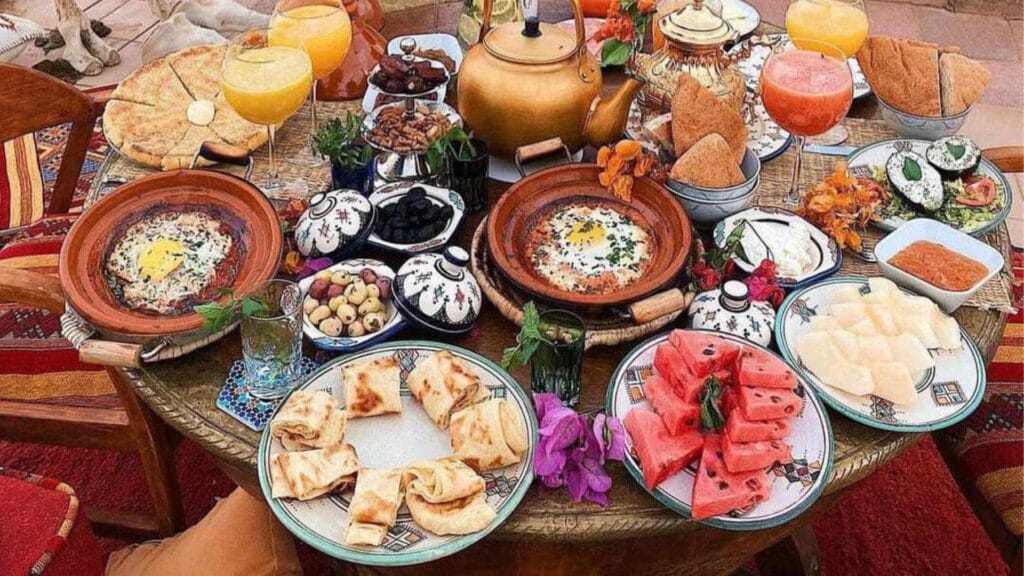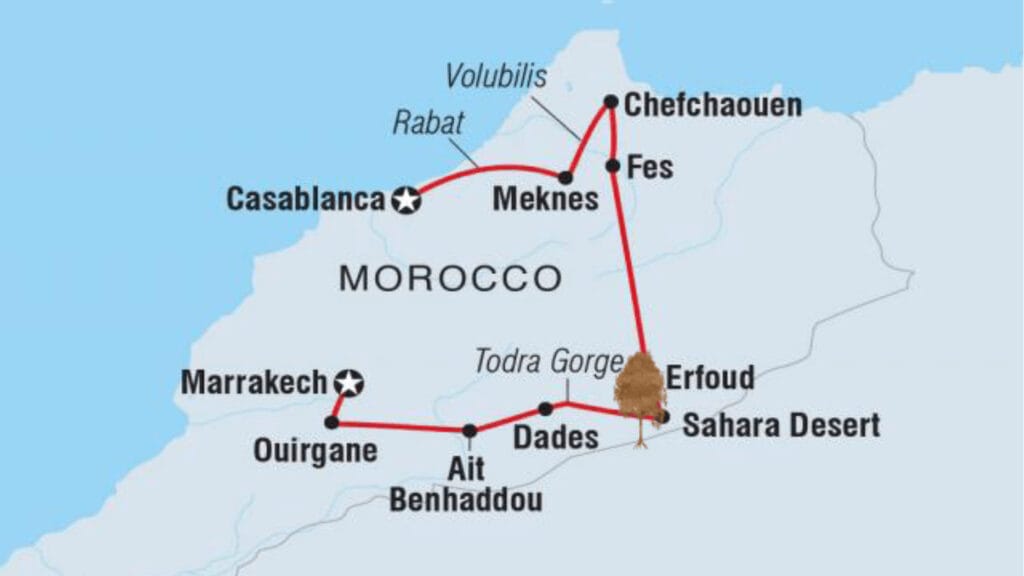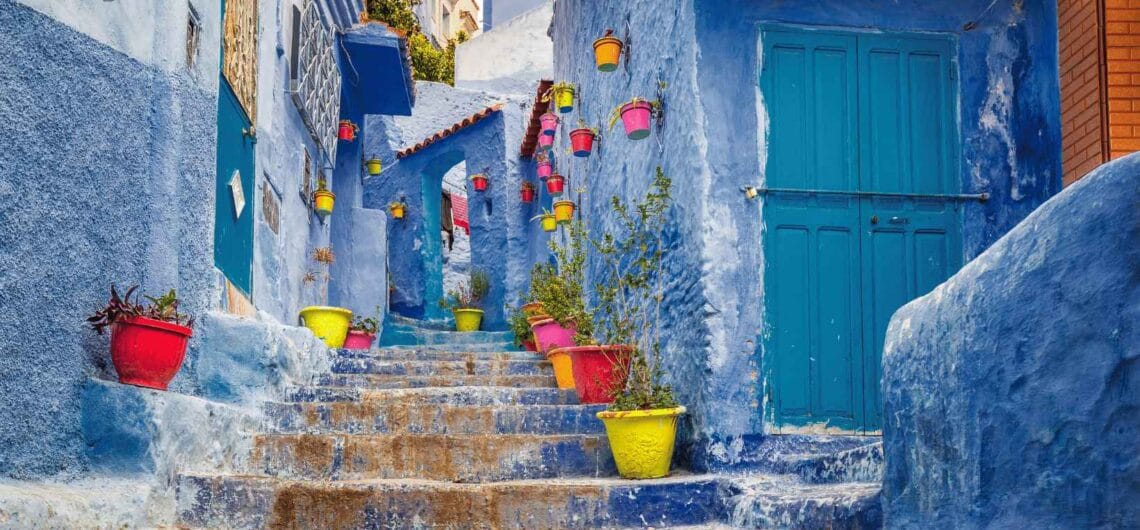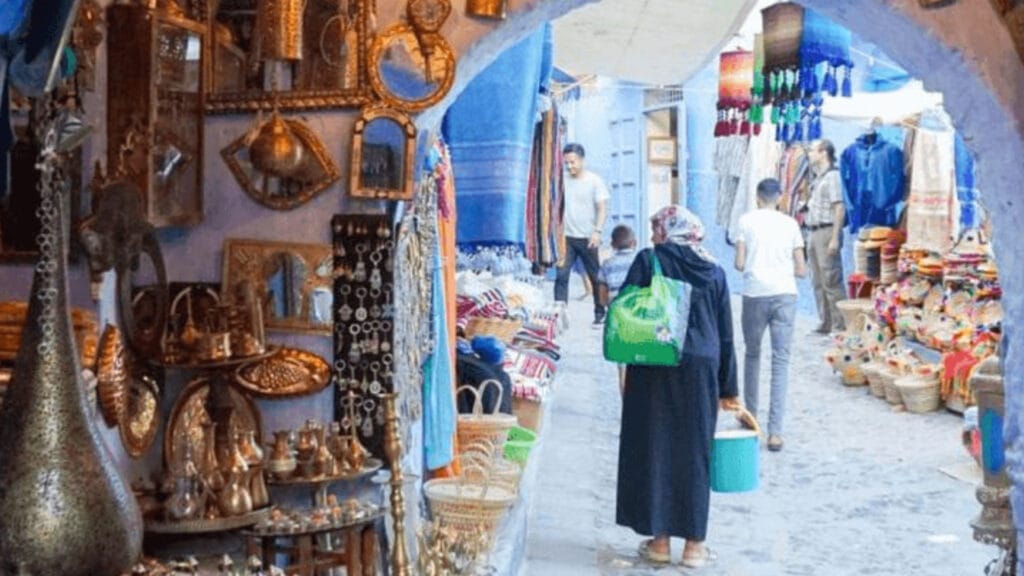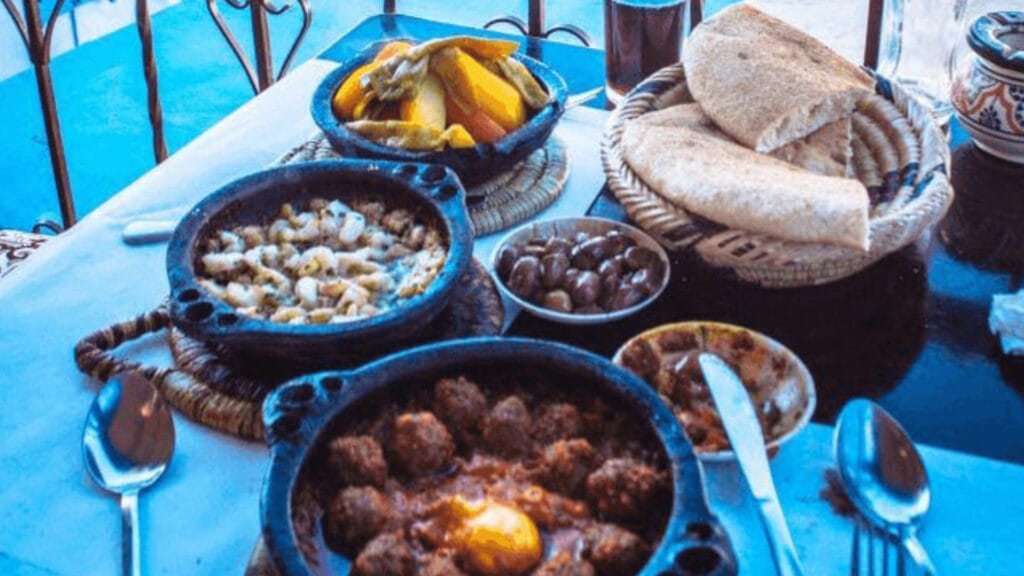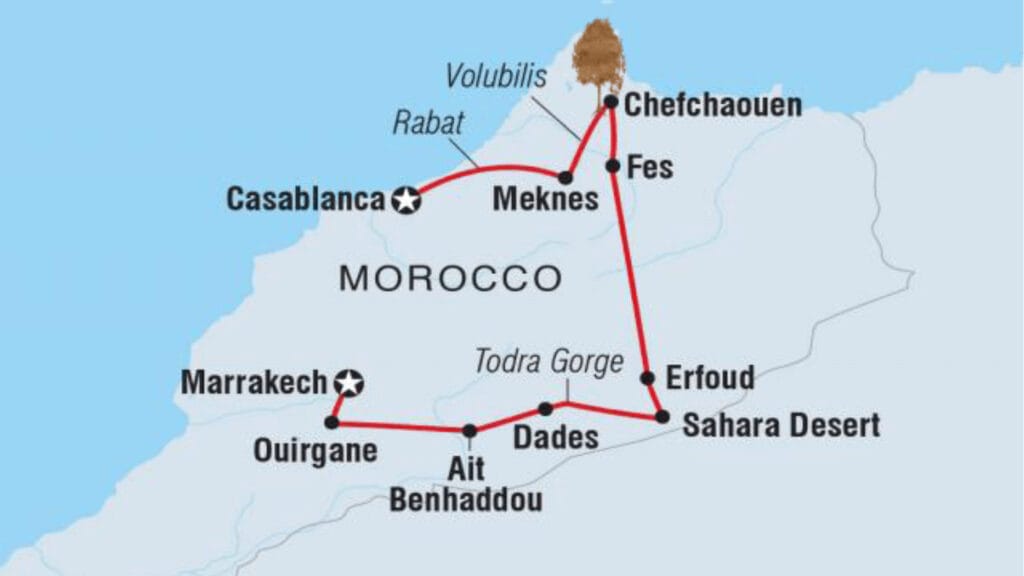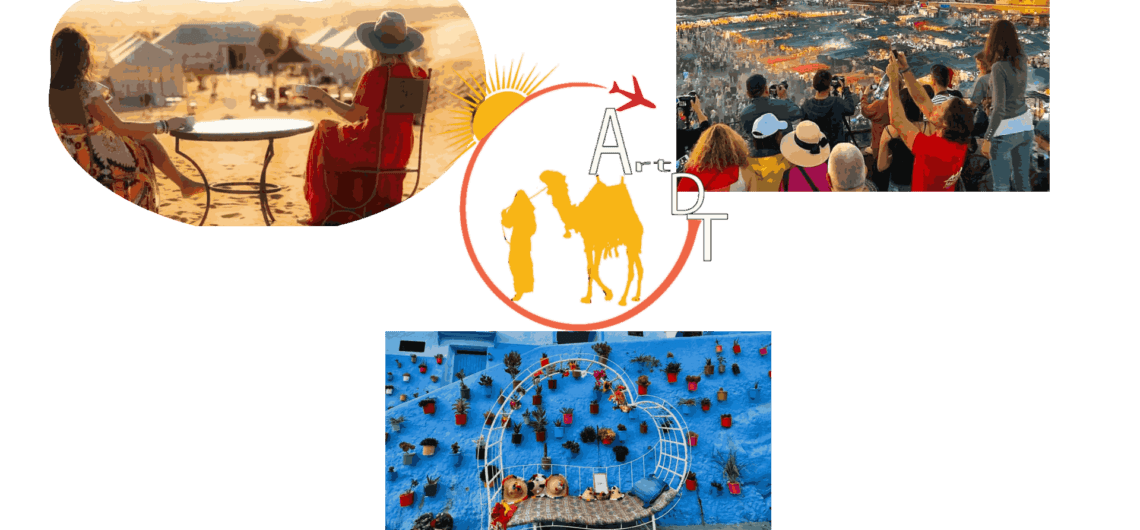Your Ultimate Morocco 2026 Travel Guide: 12 Irresistible Reasons to Go
As you map out your 2026 adventures, look beyond the usual destinations. For a journey that offers unparalleled diversity, culture, and adventure, Morocco 2026 travel is the ultimate choice. This isn’t just a vacation; it’s a transformative experience that will engage all your senses and leave you with stories for a lifetime.
1. Experience Unparalleled Diversity in One Country{morocco 2026 travel}
Think of Morocco as a continent condensed into one breathtaking destination. In a single week, you can trek through snow-dusted peaks in the Atlas Mountains, wander through ancient, labyrinthine medinas, and watch the sun set over the golden, endless dunes of the Sahara.
Traveler Insight:
“Everything was a highlight. Medinas, Riads, donkeys along the road, Market towns, camel ride, castles, views of mountains, food, pottery, weaving, music, weather.” – Anna B.
What this means for you:
- Trek through authentic mountain villages in the morning.
- Explore the vibrant souks of Fes or Marrakech in the afternoon.
- Sleep under a blanket of stars in a desert camp by evening.
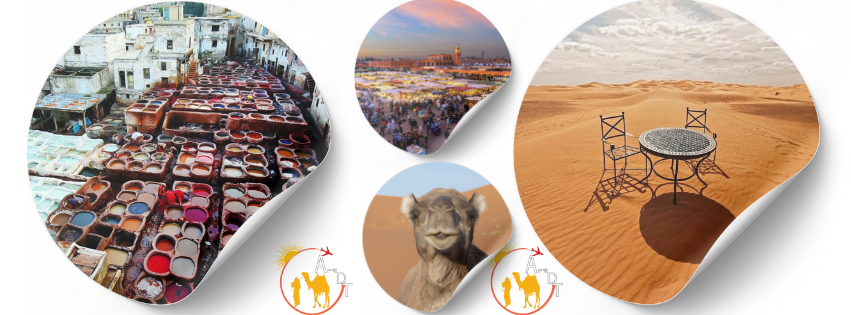
2. Create Once-in-a-Lifetime Sahara Desert Memories{morocco 2026 travel}
The Sahara Desert is consistently the most unforgettable highlight for visitors. The sheer scale and silence of the dunes is a humbling, awe-inspiring experience that simply cannot be captured in photos.
Traveler Insight: “The biggest highlight was the time spent on the edge of and in the Sahara. There’s no way that a movie or photographs can compare to actually being in the middle of the dunes.” – P.O.
Your desert adventure includes:
- A peaceful camel trek across rolling dunes.
- An overnight stay in a luxury desert camp.
- Unforgettable stargazing far from city lights.
- Sunrise and sunset moments that will stay with you forever.
3. Immerse Yourself in Authentic, Welcoming Culture{morocco 2026 travel}
Morocco offers a level of cultural immersion that feels genuine and profound. This is a place where you can step beyond the role of a spectator and participate in centuries-old traditions.
Traveler Insight: “The ‘Day in Life of a Berber’ was a highlight. SAID and his family were extremely friendly and had all activities very well organized.” – Vicki, Group Tour Leader.
Authentic experiences to seek out:
- Share mint tea with a Berber family in their home.
- Learn to cook a traditional tagine with a local chef.
- Visit the workshops of master craftsmen preserving ancient arts.
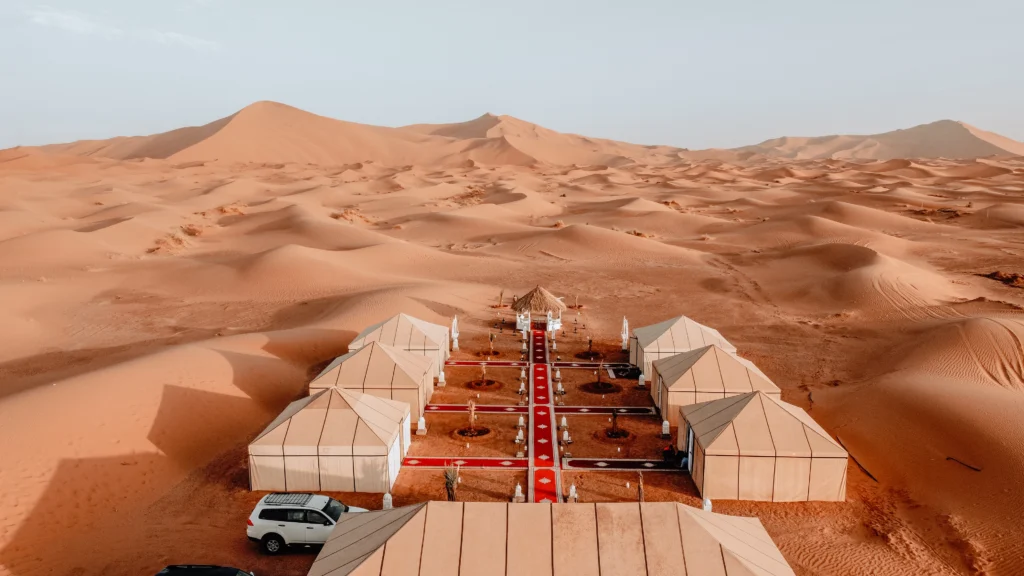
4. Embark on an Extraordinary Culinary Journey(morocco 2026 travel)
Moroccan cuisine is a vibrant fusion of Berber, Arab, and Mediterranean influences. Every meal is an event, a feast for the eyes and the palate.
Traveler Insight: “The food at both the riads and the restaurants… were fabulous. The variety of dishes offered were so varied and everyone learned so much about Moroccan cuisine.” – V.J.
Your taste buds will thank you for:
- Fragrant tagines slow-cooked to perfection.
- The ubiquitous and welcoming mint tea ceremony.
- Friday couscous, a traditional family meal.
- Exploring the exciting world of street food.
5. Sleep in Unique & Historic Riads
Move over, generic hotels. Morocco’s riads—traditional homes with interior gardens or courtyards—offer an unparalleled accommodation experience. These are often architectural gems, full of history and beauty.
Traveler Insight:
“All the Riads we stayed at were excellent… The accommodations were all very high end and so spacious.” – Regina.
The magic of a riad stay:
- Intricate zellige (mosaic) tilework and carved plaster.
- Peaceful central courtyards, an oasis from the bustling streets.
- Rooftop terraces with stunning views over the medina.
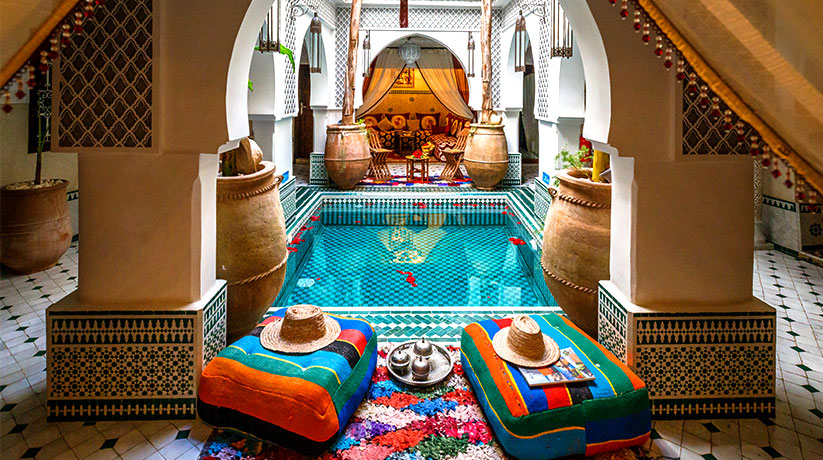
6. Travel with Confidence: Safety & Exceptional Hospitality
Safety is a prime concern for travelers, and Morocco consistently delivers a welcoming and secure environment. The famous Moroccan hospitality is not a myth; you will feel it everywhere.
Traveler Insight:
“We’d never been to Morocco before and always felt completely safe and cared for on a level we’d rarely experienced in our many travels.” – Diane L.
7. Walk Through Living History at UNESCO Sites
History in Morocco isn’t confined to museums; it’s a living, breathing part of the cities. From the medieval medinas of Fes and Marrakech to the Roman ruins of Volubilis, the past is ever-present.
8. Marvel at Stunning Architecture & Craftsmanship
The attention to detail in Moroccan architecture is breathtaking. From grand mosques to humble riads, the dedication to craft is a national treasure.
Traveler Insight:
“When we opened the door at the Riad Mimouna and saw that view we were speechless. So incredibly beautiful.” – Marilee.
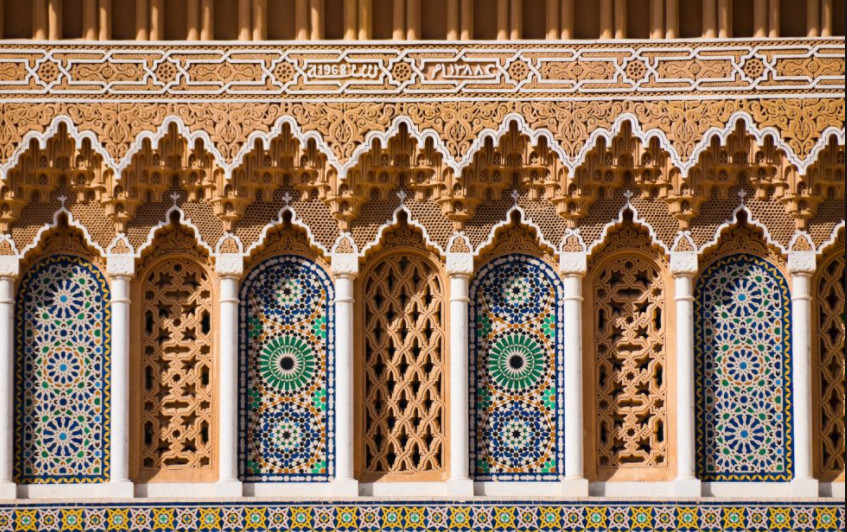
9. Enjoy Perfect Weather Year-Round
Thanks to its diverse geography, Morocco offers an ideal climate somewhere in the country no matter when you visit.
Traveler Insight:
“Late April was a stunning time to visit for spring wildflowers everywhere we went. Very comfortable temps, too.” – Craig T.
10. Form Transformative Personal Connections
The greatest treasure of Morocco is its people. The connections you make with warm and generous locals will be the heart of your journey.
Traveler Insight:
“The true highlight was our driver, Rachid… he was incredibly knowledgeable and genuinely passionate about his country.” – Don.*
11. Find Adventure for Every Interest
Whether you seek adrenaline or serenity, Morocco delivers. Go hiking in the Atlas Mountains, surf in Essaouira, or simply get lost in the quiet beauty of a hidden garden.
12. Create a Truly Life-Changing Experience
More than just a holiday, a trip to Morocco has the power to shift your perspective. It’s a journey that engages the soul.
Traveler Insight:
“While on the road, we had long discussions of Moroccan history, culture, religion… Rachid made this tour the best vacation we ever had.” – Alexander.*
In Conclusion: Your 2026 Adventure Awaits
Morocco in 2026 isn’t just a trip; it’s an investment in memories that will last a lifetime. While others are ticking off predictable destinations, you could be riding a camel into the Sahara, sharing tea with a Berber family, or marveling at the geometric perfection of ancient architecture.
The question isn’t if you should go, but how you can experience it best. With thoughtful planning and a spirit of adventure, Morocco promises to be the most captivating chapter in your travel story.
Are you ready to start planning your unforgettable 2026 journey to Morocco? [Contact us here] to get a personalized itinerary tailored just for you

